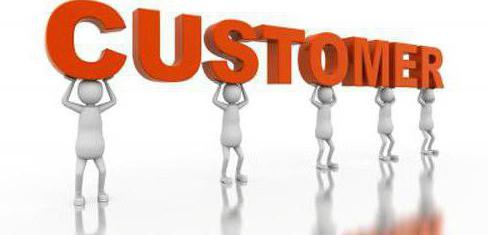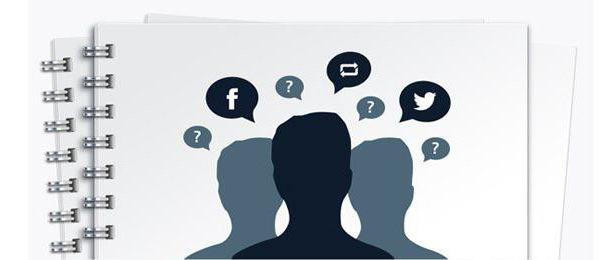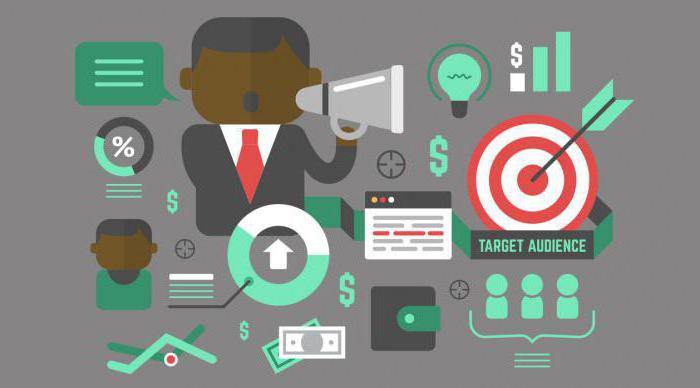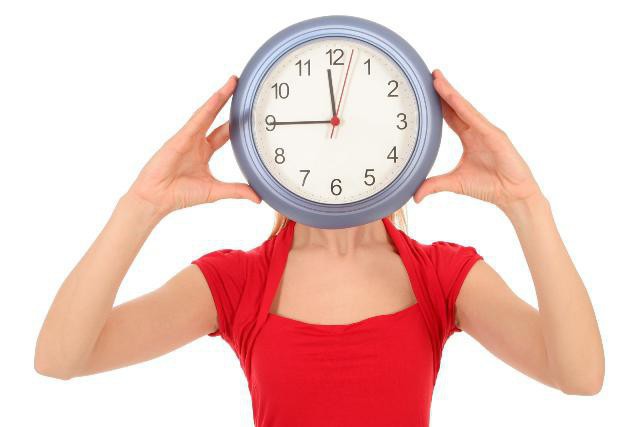Why are some products so popular among buyers and others not? How can this be caused and with what help determine the needs of people in the purchase of a product?
The concept
Today, a huge variety of goods and services is presented on the market, but all of them are characterized by heterogeneity, which means that different groups of consumers have their own requirements for the offered product, methods of sale and methods of service. This situation requires each manufacturer to seriously work on the study of their customers, their desires, needs and opportunities.

Consumer demand reflects the needs of the population in a particular product or service. The change in this indicator depends on the behavior of the buyer caused by certain circumstances.
Influencing factors
There are many reasons that can affect consumer demand, and the manufacturer must know about them so that the decrease in the solvent needs of the population is not a surprise. So, the factors that influence:
- seasonality;
- fashion;
- advertising company;
- cultural level of the population;
- applied technologies in the production of goods;
- increase or decrease in income;
- price component;
- geographical, national, educational, climatic features.
Goals and objectives of the study
In addition to the very concept of consumer demand, it is also necessary to establish goals and objectives for a better study and understanding of consumer behavior.
Factors such as volume and demand structure must be included in the goals. They are closely related to each other. When, for example, the volume changes, the structure will change, and vice versa. Knowing the volume will help to draw up an economic production plan, form the right assortment for trading organizations and ensure uninterrupted trade, i.e., satisfy the client. 
The tasks of studying consumer demand can be divided into two groups:
- Prediction of possible sales, that is, sales expectations, the possibility of introducing new products, which of them should be removed from trade and replaced with new ones.
- Development of the needs of society. Demand can be partially controlled. If, for example, instill a taste in the population, giving him the opportunity to use high-quality goods.
Common consumption goods
We should also talk about a category of goods that will always be in demand (although it can fall and grow) - consumer goods. These include food, clothing, stationery, household chemicals, dishes, i.e. everything you need for everyday life without luxury. 
Products in this category are studied mainly in two directions:
- current demand - for making orders for production and supply
- projected demand - to determine trends in future demand and industry development
To obtain accurate data, you need to systematically monitor the development of demand, determine the size of the need and identify the requirements for the range and quality. It is also worth remembering that the demand for consumer goods is not constant and changes under the influence of many factors: social, political, economic, etc.
Types of customer demand or classification
The following types of demand are distinguished:
- Realized or satisfied is the demand, which is expressed in the form of a perfect purchase and quantitatively in the form of volume sold.This demand depends not only on solvency, but also on the possibility of production and supply.
- Unsatisfied - demand that could not be satisfied, although the goods were in circulation, but were not available for sale. This can happen if trade organizations were unable to make a request correctly and did not make an additional order, or there was an untimely delay in the goods for organizational reasons.
- Emerging - the demand for new products that will be available soon. Often, trade organizations purchase a limited amount of goods and study the behavior of the buyer.
Signs of classification
In addition to the types of consumer demand, there are also signs of classification, depending on which consumer demand is determined.
For example, depending on the degree of demand intensity, it can be intense, stabilized and fading away. Intense means increasing at a fast pace. These may be new products, or high-quality ones that already have a good reputation. 
Stable demand can be at the same level over time or grow at the same pace, which helps in forecasting. As an example, these can be goods that once entered everyday life, although they are not essential goods: coffee, stockings, stockings for women.
Fading demand speaks for itself. Most often this is due to the fact that the old product was replaced by new ones, for example, phones with wires were replaced with cordless ones.
The nature of the emergence of demand is divided into sustainable, alternative and impulsive. Steady demand suggests that a person constantly uses this product and buys it with a certain frequency. Alternative demand means replaceable goods, but not identical. For example, replace ordinary powder with liquid. Impulsive demand is one that has arisen while in the store, or after watching an advertisement, or after the seller’s advice.
The degree of distribution is single, limited and mass. Single is the need for rare goods for a single buyer. An example is jewelry, a car, a musical instrument, a work of art. Limited demand is goods for a certain group of people, for example, weapons for hunting.
Frequency - everyday and episodic. Everyday demand is goods of daily or almost daily use, like food or household chemicals. Occasional demand appears from time to time, for example, buying jewelry or a car.
Depending on the repeatability: primary and repeated.
The first method of studying consumer demand
There are several methods by which you can collect consumer demand data. The first is an automated process for collecting information. 
This method does not allow a good study of demand, because only information on sold goods, stocks in the warehouse and information on unsatisfactory demand is known. This means that process automation does not provide complete information. Other employees should be engaged in its collection, and this method is an intragroup structure that allows you to develop orders for the supply of goods and adjust them periodically.
To complete the picture about the study of consumer demand for goods, only a computer system is not enough, reliable and convenient carriers of primary information are also needed. Such carriers are labels or tags, as well as labels that are located on the goods. But these media often provide incomplete information so that you can understand the needs of people, i.e. they do not provide data on color, taste, pattern, style, etc.
Traditional study method
As a rule, in order to take into account realized demand, inventory materials and commodity checks are used, this refers to the second method of consumer demand. 
Such materials include:
- Accounting for sales based on inventory materials - a large period is taken as a basis, and then the average sales volume per day, week, month is calculated.
- Accounting for operational data - requires a more complex analysis of the goods sold and stock balances. Most often, one product from a selected group is used in the study to make it easier to study demand.
- Accounting through daily registration - they take as a basis any one product that differs in color, size or taste. Spread a certain amount of goods on the window, and at the end of the day, the residues are counted.
- Accounting by special cards - for this method a long period is taken, perhaps even a year, to mark the balances and receipts of goods for a given period of time. According to such data, one can judge not only about the volumes of goods sold, but also about seasonality.
- There is also a record of unmet demand, where each store or organization keeps its own count, recording on special forms or in magazines what kind of product customers would like to see.
Comprehensive study method
Sometimes, to study demand, it is not enough to know the quantity of goods sold and their balances, data of realized, unsatisfied and forming demand. In addition, they also use the information obtained at trade shows, conferences and trade shows, which helps in the study and forecasting of consumer demand. 
Exhibition-shows differ from exhibition-sales in that the first, as a rule, exhibits a product that is just beginning to appear on the market. At such an event, you can not only demonstrate the goods, but also collect opinions and identify trends in the formation of demand.
Conferences can be held by individual firms to identify customer requirements for the proposed range.